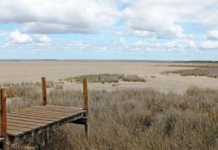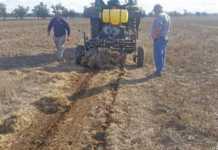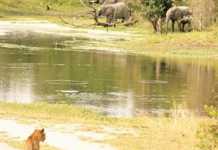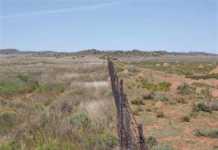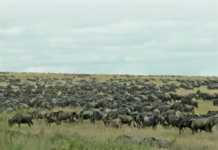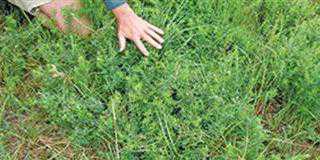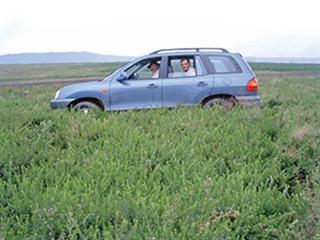
A few weeks ago, I got a call for help from Sue, a widow who farms in the southern Free State. Her youngest son is still at school and passionate about the farm. Her eldest son helps her, but has little practical farming experience. All attempts to grow crops and annual winter pastures have met with little or no success. In our initial telephone conversation Sue said she was considering planting a large part of the farm to maize next season, but wanted my opinion before she went ahead. My first impression was positive – what I saw was a beautiful grass farm. The tragic truth soon emerged, though. About 80% of the farm has been ploughed over at one time or another to grow crops.
Trapped
A relatively small area of it was allowed to revert back to veld many years ago. This made a good comeback as indicated by a high percentage of rooigras (Themeda triandra) tufts. However, 60% of the farm comprises old lands covered in inferior pioneer grasses – nature’s first step towards rehabilitation.
It would be futile for Sue and her sons to try to make a living out of cattle or sheep on these old lands. Shallow soil overlays heavy clay subsoil with a strong block structure. When it gets dry the soil cracks, tearing plant roots. This soil should never have been ploughed – it is totally unsuitable for cash crop production or for providing annual winter pasture.
No crops? No livestock? Sue and her sons seem to be trapped. Is there a way out?
Permanent
Eragrostis and Smuts finger grass will grow there, but fertilising pure grass pastures with nitrogen is very expensive and carries a high risk on such low-potential soils. Without nitrogen, production drops drastically. The only solution is permanent pasture, and specifically a legume which provides its own nitrogen. In short, I have not the slightest doubt that Sericea lespedeza (prosperity lucerne) will save this farm. It’s the best legume to plant on your worst soil. And there are many examples of prosperity lucerne producing good grazing and hay on soil that had a zero or near-zero production track record in SA.
Phosphate
When Sue’s son told me a few farmers in the region had tried Sericea lespedeza, and it had failed to grow, I wasn’t worried. In my experience, it has a very high success rate. It seldom fails completely. When it does, lack of phosphate is more often than not the cause. I’ve seen lands planted to this legume where the germination was outstanding at first, but then vanished into thin air, so to speak.
Investigation revealed that the soil had only traces of phosphate. Interestingly, in one land a little patch grew very well. Here there was a moderate level of phosphate. I have no doubt that Sue’s lands have to be mineralised. This will require expensive inputs. Will it give her a good return? After visiting the farm, I spent a day working on the economics of Sericea lespedeza in this situation and I was pleasantly surprised by the results.
John Fair is a leading expert on pastures. He heads up Fair’s Biofarm Assist, and can be contacted on 058 622 3585 or [email protected].

